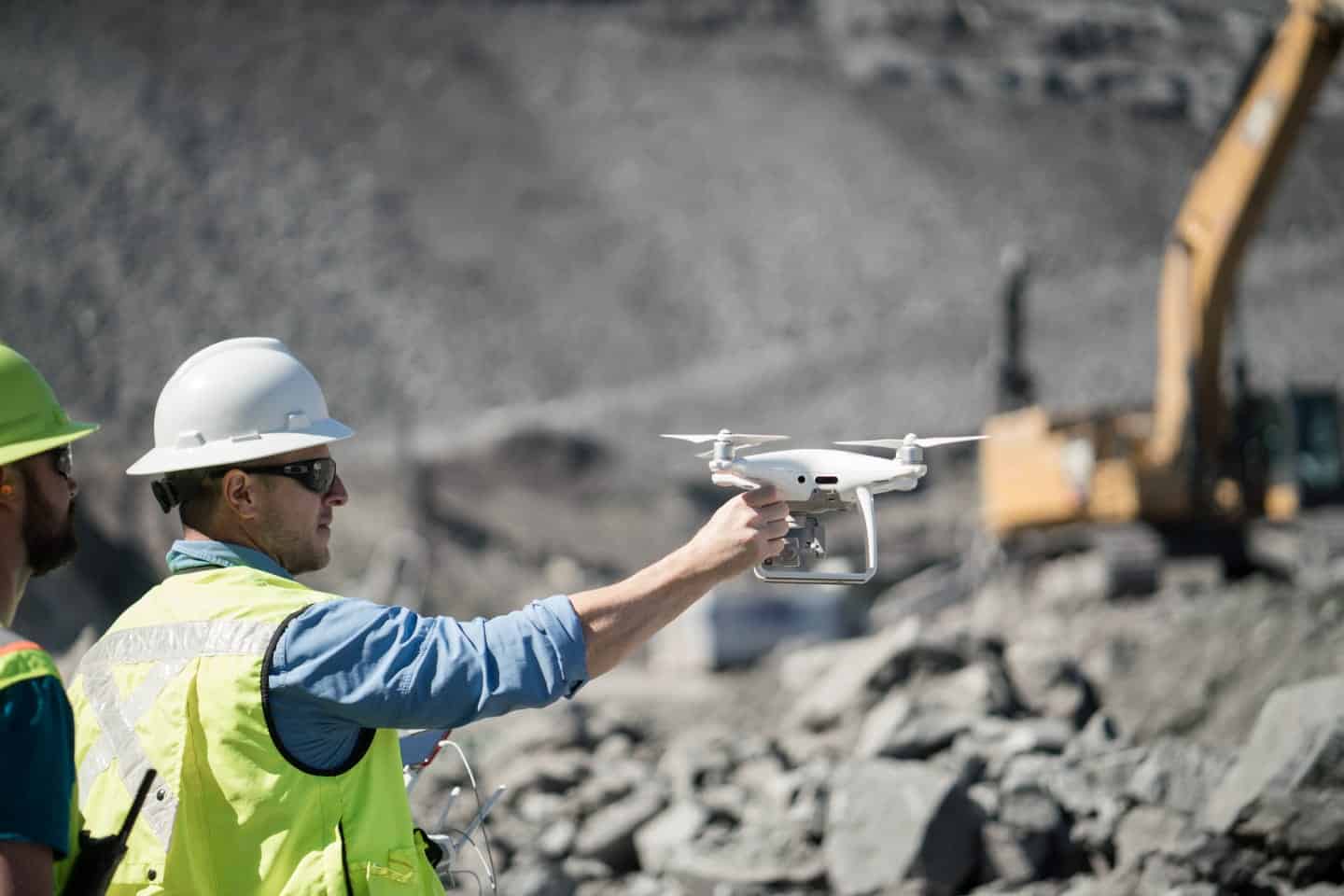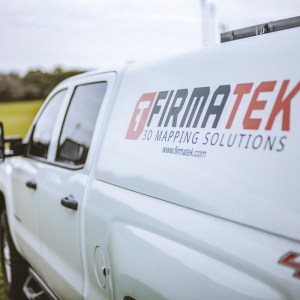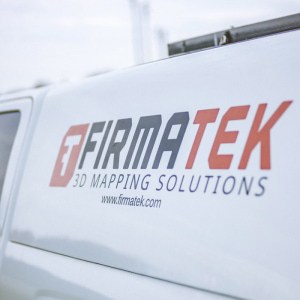By Andrew Maximow, Chief Drone Officer
In the first blog of our Guide to Drone Series, we discussed the criteria Firmatek uses to select drone/UAV platforms. In this article, we take a closer look at specific use-cases and the types of data they provide. Hopefully, your goal in collecting data involves gaining insights and improving your business intelligence. We believe that your ever-changing environments have dramatic impacts on the success of your operation and your ability to make decisions. You need more than just data to improve your operation and to make more informed decisions; knowing the type of data you aim to collect is important. Something needs to happen after you gather information in order for it to actually make a positive impact on your operation and organization.
We start by understanding the kinds of insights we provide our clients, the types of data being collected, and the analysis that turns data into insights. One can divide the analysis into 2 basic groups: quantitative or qualitative. Quantitative analysis deals with numbers and measurements that require a high level of accuracy and precision. Qualitative analysis, on the other hand, is more subjective, possibly requiring additional data or subject matter expertise. This type of analysis is performed when the problem is complex, or exact data is unavailable or impractical. Despite that, qualitative analysis helps narrow down a large problem into a smaller subset of problems that generates possible outcomes.
Let’s explore the types of data for specific use-cases in Firmatek’s primary markets industries.
Reality Capture and 3D Mapping
Most insights in this market segment are quantitative in nature. Firmatek provides insights to mining, aggregates producers, and landfills, derived from accurate and precise 3D model data. Inventory, materials, and airspace management all require measurements, calculations, and analysis of three-dimensional space, often times integrating historical baseline information and CAD data.
Drones are used to systematically take photos of an area. They are then processed and analyzed via photogrammetry to create a 3D model of the space being examined. Most volume calculations only require relative accuracy; however, insights with data integration require absolute accuracy with the exact x, y, z position of every point in space. Repeatability requires precision.
By contrast, our clients in the facilities management industry are just beginning to discover how drone-based data can help with proactive maintenance programs for commercial building sites. For now, their needs are largely qualitative in nature. For example, high resolution imagery helps maintenance personnel examine the condition of a roof, parking lot pavement, and landscaping. In the near future, accurate quantitative measurements such as grass, pavement, and rooftop area calculations can be easily provided to maintenance contractors for bidding and invoicing purposes. Eventually, this industry imagines computer algorithms analyzing data to spot potential problems, recommend a proactive remediation procedure, and automatically dispatch maintenance personnel. This is the beauty of drone technology and Artificial Intelligence.
Inspection
Currently in the electrical utilities industry, data and analysis is largely qualitative rather than quantitative, requiring subject matter experts to examine details one utility pole at a time. Drones are better, safer, and more efficient than traditional inspection methods, providing a perspective from the air from many different angles. This not only provides the GPS location of each power pole and respective electrical components, but also a close-up snap shot showing the physical condition. Experts can now examine photos at their convenience rather than being in the field.
For example, Firmatek is working with a client to collect high resolution RGB photos that show missing or broken hardware components, discoloration indicating potential short/fault, and overall subjective structural condition of the distribution pole infrastructure.
With millions of electrical distribution poles that need to be inspected and documented, the overall process of collecting and analyzing data over time will evolve from purely qualitative to more quantitative. Industry leaders are experimenting with machine learning and AI algorithms able to spot anomalies as good as their human counterparts.
Drone Data and New Possibilities
We talk a lot about providing insights and giving more than just another data point to our clients. We work with clients to help them understand the data and the insights that they receive from us. Collecting and processing data is getting easier and easier as technology advances, but something still has to be done with that data. We need to take it and turn it into something that you can use.
While drones are widely used for collecting amazing photos and videos, technology is evolving rapidly to collect and analyze more and more quantitative data. Industries who have been deploying drone technology are discovering new possibilities. Firmatek is helping many clients in several industries get started with qualitative data and build use-cases and deliver insights via more quantitative data and analytics.
In a future blog post we will discuss specific drone products Firmatek deploys in support of these use-cases.


